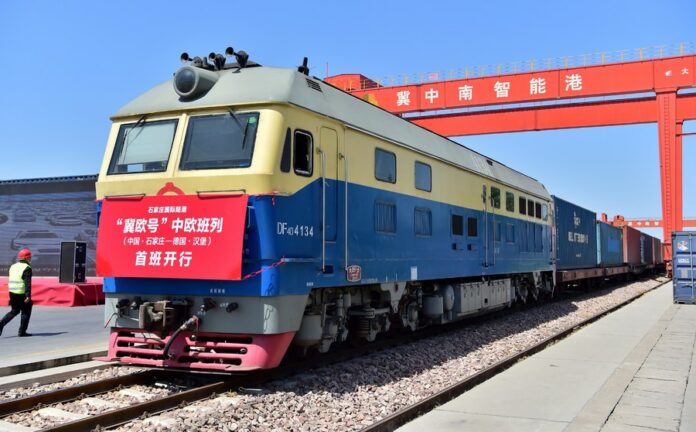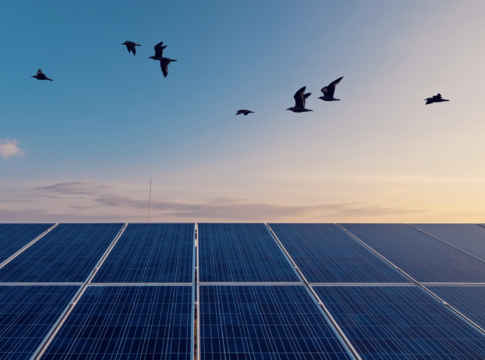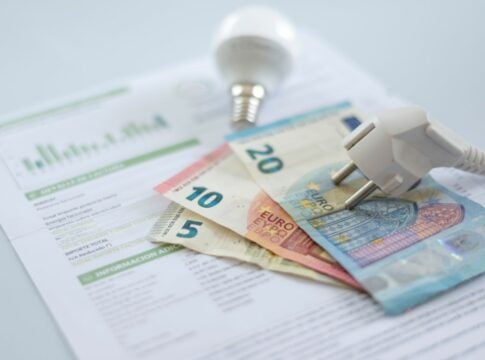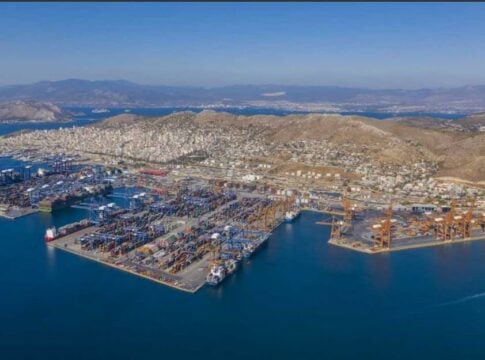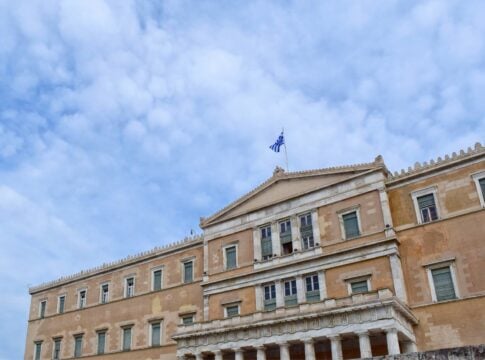In 2013, China announced a global infrastructure investment project, the Belt and Road Initiative (BRI) with main objectives to promote cooperation, prosperity and joint development between China and participating countries. The BRI is a centerpiece of China’s foreign policy and plays a crucial role in “Xi Jinping Thought on Diplomacy” and China’s willingness to participate in world affairs by introducing more global initiatives namely the Global Development Initiative (GDI), Global Security Initiative (GSI) and the Global Civilization Initiative (GCI). As of September 2023, 154 states (80%) of the 193 United Nations member states are members of the BRI. It is obvious that there is a strong correlation between national wealth and BRI membership (79% of upper middle income countries and 90 percent of both lower middle and low income countries are members of BRI).
Undoubtedly, infrastructure is essential for economic development and promoting the global circulation of people and goods and has historically been a source of power in international politics. Estimates obtained by adding data from the United Nations Conference on Trade and Development (UNCTAD) and IEA, show that roughly $2.6 trillion dollars is required annually through 2030 to meet the Sustainable Development Goals (SDGs) and stay on a path to a net-zero society by 2050. Other studies estimate that developing countries require more than $USD 40 trillion in the next two decades to bridge their infrastructure gaps and help them prosper, especially in a post-COVID world.
Since the 1990s, Western economies have reduced their infrastructure investments in developing countries. The World Bank Group, which in the past had channeled 70% of its financing toward economic infrastructure, now only contributes to 30%. According to David Dollar1, in western economies there was a general sense that it needed to shift away from these kinds of projects in developing countries because they believe that if you built it in a very poor governance environment, there was no profitable outcome. The evidence suggested that the success of the World Bank projects depended on the economic policies and governance environment. Also private investors are often discouraged by the major political, social, and environmental risks associated with constructing infrastructure in the developing world.
On the other, the BRI has strong governmental support and guidance which means that can combine different policies and strategies in order to benefit its investments and finally make them more profitable. Another advantage that makes the BRI more attractive to developing counties is the relative ease in operationalizing support as offers a one-stop shop for finance, insurance, and building for host countries. Compared to Western financiers, the processes are often cheaper and faster. Much of the Western governments’ criticism on the Belt and Road Initiative has been built around debt-trap diplomacy. According to Ryan Hass2, the debt-trap diplomacy argument is more persuasive to westerns than to others and he highlighted the fact that China, in contrast to other lenders, is prepared to take payment in many different forms other than just cash.
Alternative initiatives
The BRI’s expansive reach in different regions has raised newfound concerns about Chinese soft power and the political leverage acquired by Beijing. US, Japan, Korea, EU have not remained passive recent years and have proposed their own infrastructure strategies. Despite efforts to launch alternatives to the BRI in order to contain BRI’s impact, there are several unsolved issues related to these efforts including their funding sources and long-term vision, insufficient state support, and deteriorating infrastructure. While the BRI is funded in large part by Chinese public banks and offers a one-stop-shop package of project financing, insurance, and construction, the B3W (G7 initiative) for example relies on private funds and offers less convenience. Private companies in G7 countries are reluctant to invest in the developing world because the risks are simply too high for low long-term returns.
Τhe first decade’s results
According to BRI white paper that published in October 2023 by the State Council Information Office of the People’s Republic of China, from 2013 to 2022, the cumulative value of imports and exports between China and BRI partner countries reached US$19.1 trillion, with an average annual growth rate of 6.4 percent. The cumulative two-way investment between China and partner countries reached US$380 billion, including US$240 billion from China. In 2022, the value of imports and exports between China and partner countries reached nearly US$2.9 trillion, accounting for 45.4 percent of China’s total foreign trade over the same period, representing an increase of 6.2 percentage points compared with 2013, the total value of imports and exports of Chinese private enterprises to partner countries exceeded US$1.5 trillion, accounting for 53.7 percent of the trade between China and these countries over the same period.
According to another report by the World Bank, the BRI increased the trade of participating parties by 4.1%, attract 5% more foreign investment, and levelled up the GDP of low-income countries by 3.4%. Benefiting from the BRI, the GDP share of emerging and developing economies in the world increased by 3.6% from 2012 to 2021. The World Bank estimates that by 2030, the BRI will generate US$1.6 trillion in global revenue each year, accounting for 1.3% of global GDP. In addition, from 2015 to 2030, almost 40 million people will be lifted out of poverty under the auspices of BRI. By the end of 2022, Chinese enterprises’ investment in the cooperating countries has created 421,000 local jobs, with more than 3,000 projects being implemented.
The challenges for the future and the priorities for the new decade
After ten years of BRI, with many projects now complete, and a great deal more underway, major obstacles have become apparent for China that could be seen as roadblocks to future progress (Pippa Ebel, 2023). These mainly are:
- Civil unrest and implications for security and financial sustainability
- The influence of local politics
- Environmental impacts and growing international criticism
- Lack of strategic planning and oversight regarding local governance structures
In October 2023, the Chinese government published the white paper to present the achievements of the BRI during the past 10 years and highlighted the priorities for the next decade. As the initiative is embracing its next decade, China seeks the cooperation and consensus of the participating countries in order to upgrade the initiative and adapt it to the current needs of humanity and societies. Important guiding principles for high-quality Belt and Road cooperation have been laid down, which include the principle of “planning together, building together, and benefiting together,” the philosophy of open, green and clean cooperation, and the goal of pursuing high-standard, people-centered and sustainable cooperation. According to Chinese officials, China is willing to work with all parties involved to usher Belt and Road cooperation into a new stage of high-quality development, and make relentless efforts to achieve modernization for all countries.
The case of Greece
One of the countries that has benefited from Chinese investments under the the BRI “umbrella” is Greece which is the first European “stop” of the 21st Century Maritime Silk Road, the sea route of BRI. Greece was the first European country that in August of 2018 formally joined BRI and one year later became member of the Cooperation between China and Central and Eastern European Countries.
According to Bank of Greece from 2010 to 2022, China has accumulated nearly 2.53 billion euros in direct investment flows to Greece and make China the largest source of foreign investment for Greece outside of European region. Despite investments, the bilateral trade was moderate albeit with a high growth rate recent years. In 2021, trade between the two countries stood at $12.1 billion, an increase of 55.6% from 2020. China’s imports from Greece have increased rapidly in recent years, reaching nearly $1 billion in 2021, up nearly 26 percent year on year and 244 percent more than five years ago. According to Greek statistics, in the first seven months of the year (2023), China became Greece’s third largest trading partner worldwide and its largest trading partner outside the European Union countries.
According to China’s statistics, despite the recession and global economic and trade conditions, from January to August 2023, the total trade volume between China and Greece exceeded 9.6 billion dollars. In the first eight months of this year, China imported products over 600 million US dollars from Greece, an increase of 17.7% year-on-year, and an increase of over 30% compared to the same period before the pandemic. Greece also remains China’s fourth largest trading partner among Central and Eastern European countries. Greek olive oil, wine, dairy products, saffron, Chios mastic, and other distinctive and high-quality products are becoming more and more popular and are preferred by Chinese consumers.
The investment in the port of Piraeus
Most of economic analysts agree that Greece has benefited a lot by joining BRI, although there are some analysts who consider that the Chinese investments that have been done in Greece are smaller than initially expected. Regarding Piraeus port some scholars but also by some officials criticize COSCO about the size and the nature of the investments that have been done in the port. Without a doubt, the Piraeus port upgrade and its connection to the BRI’s European Southeast Corridor remains essential for the future of the Greek economy and country’s trade connection with the rest world. COSCO’s investments in Piraeus have been key to turning the port into a logistical hub in the broader region and improving Sino-Greek economic cooperation.
Greek public opinion towards China is still friendly, but there is also a trend towards diversification, which should be taken seriously by the Chinese government and relevant parties. How to spread a reliable and respectable image of China through public diplomacy requires more efforts from local partners as well. Compared with 5 to 8 years ago, COSCO has won the confidence and support of more and more Greek people with its continuous steady growth in business performance of the Port of Piraeus and its social responsibility contribution. However, based on the specific demands of some local communities and organizations, some voices of dissatisfaction and accusation will not disappear immediately, which requires PPA’s public relations department to do more work in expanding public channels and effectively coordinating the interests of all parties.
The BRI is entering its second decade and the experience of the past should become a guide for the future. In the new era of the initiative, which will give priority to high quality and green development, it is extremely important to plan together, to build together in order to benefit together. Cooperation and consensus is the only way for the peaceful coexistence and prosperity of the peoples.
1 Senior fellow at the Brookings Institution’s John L. Thornton China Center


